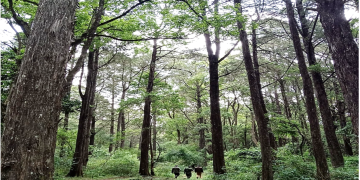The Establishment of Shei-Pa National Park in 1992
Comprehensive life-cycle breeding program (Ex-Situ Conservation)
Reintroducing the Salmon to Its Historical Habitats (Ex-Situ Conservation)
Collaborating with Local and Indigenous Communities (Ex-Situ Conservation)
Habitat Restoration (In-Situ Conservation)
Reforestation and Water Quality Improvements (In-Situ Conservation)
Educational Initiatives
